spaceflight
Latest

Trump administration proposes another $1.6 billion for Moon efforts
The Trump administration isn't convinced the $10.7 billion set aside for space exploration in the proposed 2020 budget is enough to help put astronauts on the Moon by 2024. The President has submitted an amendment to the fiscal 2020 budget that would add another $1.6 billion. NASA Administrator Jim Bridenstine characterized the additional money as a "down payment" that would fund a lunar landing system, Orion, Space Launch System, "exploration technologies" and robotic explorers at the Moon's poles.
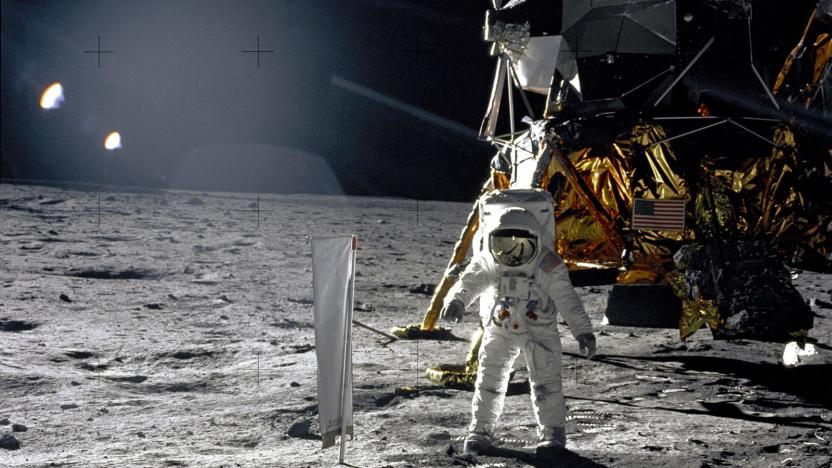
NASA wants your memories of the Apollo 11 Moon landing
Were you fortunate enough to watch the Apollo 11 Moon landing as it happened, or know someone who did? NASA wants to hear from you. It recently launched a story program that asks the public to submit audio recordings of their Apollo 11 memories in a bid to create an oral history of the event in sync with its 50th anniversary. All you have to do is record a story or interview (shorter ones are preferred, email it and details to a special address (apollostories@mail.nasa.gov) and check your inbox in case NASA wants a follow-up. There are suggested questions if you're not sure what to ask.
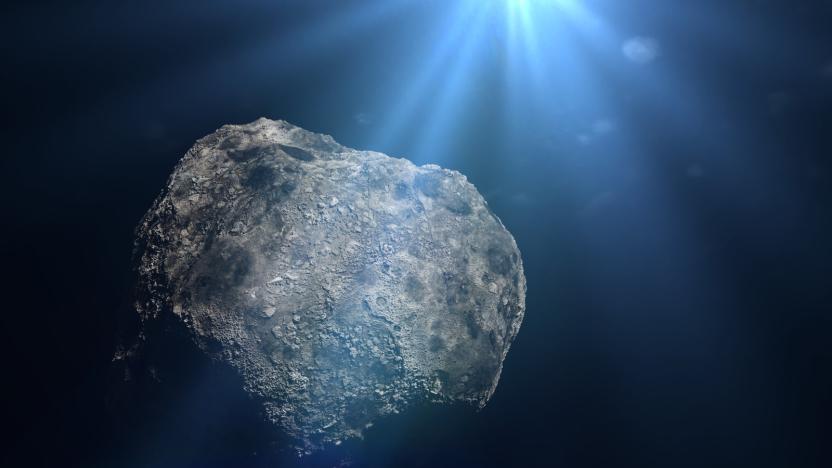
US and Luxembourg sign 'space commerce' pact
The current US government relishes the thought of bringing business to space, and it's now eager to make deals with countries that share the same dreams. The US has signed a memorandum of understanding with Luxembourg in a bid to cooperate further on space exploration, research and, to no one's surprise, a "business-friendly regulatory framework." Luxembourg's Deputy Prime Minister Étienne Schneider didn't mince words when talking about the pact -- his country is eager to make asteroid mining a reality, and the US relationship could be an "important step forward" in making use of those resources.
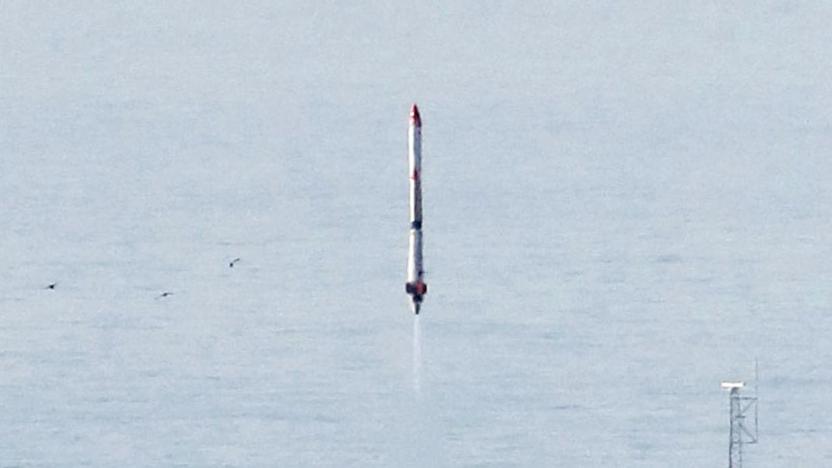
First private Japanese rocket reaches space
Japan can finally include itself among the ranks of countries with successful private spaceflight outfits. Interstellar Technologies has successfully launched its MOMO-3 sounding rocket into space, with the vehicle easily crossing the Kármán line (62 miles in altitude) before splashing into the Pacific. It's a modest start -- the rocket only stayed aloft for 8 minutes and 35 seconds -- but it's also a relief after Interstellar's previous two attempts ended in failure.
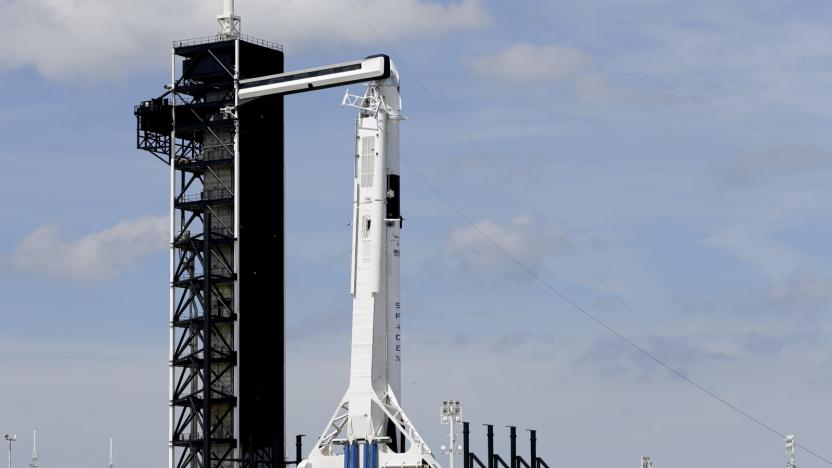
SpaceX Crew Dragon capsule suffers 'anomaly' in testing
SpaceX's dreams of crewed spaceflight appear to have faced a setback. The company and the US Air Force's 45th Space Wing have confirmed to Florida Today that a Crew Dragon capsule suffered an "anomaly" during a static test fire at Cape Canaveral. Most tests went according to plan, SpaceX said, but a "final test" led to problems on the testing stand. Observers could see smoke from miles away, suggesting that the capsule or something attached to it had caught fire.
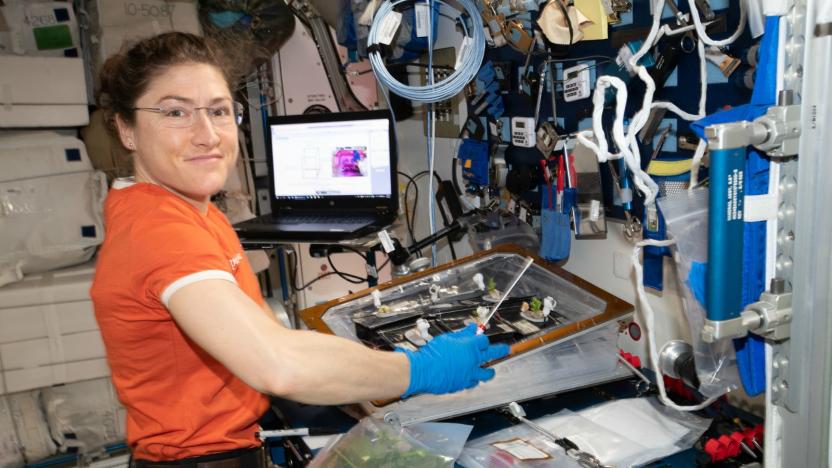
Christina Koch will set a record for longest spaceflight by a woman
Thanks to NASA's recent schedule changes, astronaut Christina Koch will soon hold the record for the longest space flight by a woman. Koch arrived at the International Space Station on March 14 and has already conducted one spacewalk. She'll now remain in orbit until February 2020, and she'll surpass the current record, which is 288 days, held by Peggy Whitson. But Koch will fall just short of the longest spaceflight by a NASA astronaut -- Scott Kelly's 340-day trip.
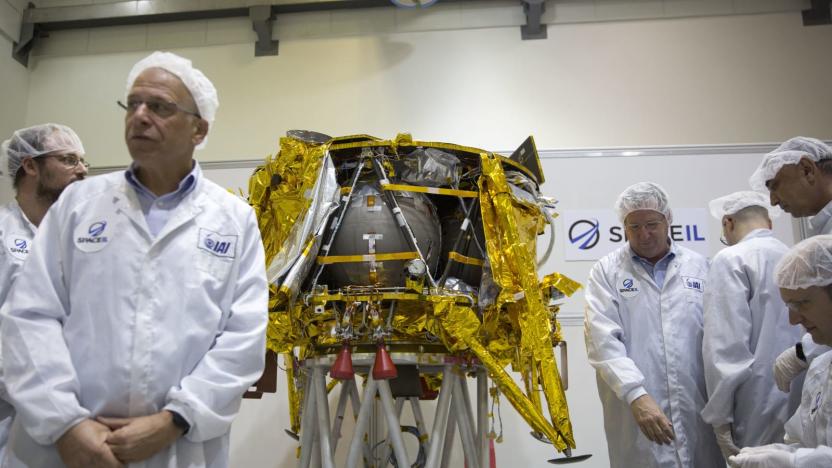
SpaceIL plans second private Moon lander despite crash
SpaceIL's first attempt at a private Moon landing didn't go according to plan. However, that isn't deterring the team from giving it another shot. Founder Morris Khan has announced that the team will build another Beresheet lander and "complete the mission." The task force behind the new lander will start its work "first thing" on April 14th, he said.

Stratolaunch completes the first flight of the world's largest airplane
Stratolaunch is making some history even as it scales back its ambitions -- the company has successfully flown the world's largest aircraft, the Scaled Composites Stratolaunch, for the first time. The dual-fuselage rocket hauler took off from the Mojave Air and Space Port soon after 10AM Eastern on April 13th and completed a roughly 2.5-hour journey, reaching a maximum altitude of 17,000 feet. It wasn't carrying a payload, but its trip is still a big deal for a machine that was first announced eight years ago and boasts an unprecedented 385-foot wingspan.

Privately-owned Moon lander crashes in historic attempt
Private spaceflight isn't quite ready to mark another milestone. SpaceIL's Beresheet lander has crashed on the Moon after mission controllers lost communication during its descent to the lunar surface. It did successfully take a selfie on the way down, but its experiments are a bust. It was supposed to measure the local magnetic field and use a NASA-made laser retroreflector array (eight mirrors with quartz cube corners) to relay its position to the Lunar Reconnaissance Orbiter using light.

Rocket Lab's Photon platform makes it easier to launch satellites
Rocket Lab isn't content with just carrying satellites into orbit... it wants to power the satellites, too. The company has unveiled a satellite platform, Photon, that handles much of the hard work. It looks simple, but it includes avionics, attitude control, data storage, propulsion and solar cell power in a package that can be customized for each mission. For the most part, Rocket Lab's partners will only have to worry about the payload, not the satellite keeping it in orbit.
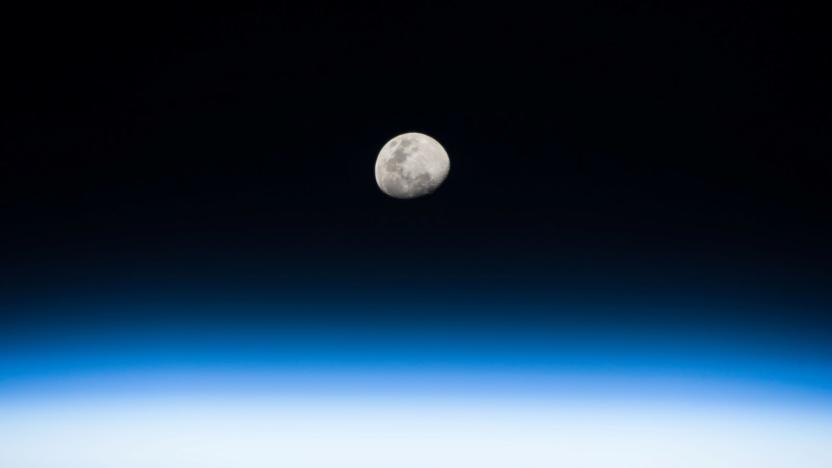
VP Pence wants US astronauts back on the Moon by 2024
Apparently, plans to put US astronauts on the Moon by the late 2020s weren't ambitious enough. Vice President Pence announced at the National Space Council that the US now planned to return people to the Moon by 2024, about four years earlier than expected. He argued that the US "must remain first in space" this century for the sake of the economy, national security and writing the "rules and values of space" by establishing a more permanent presence.
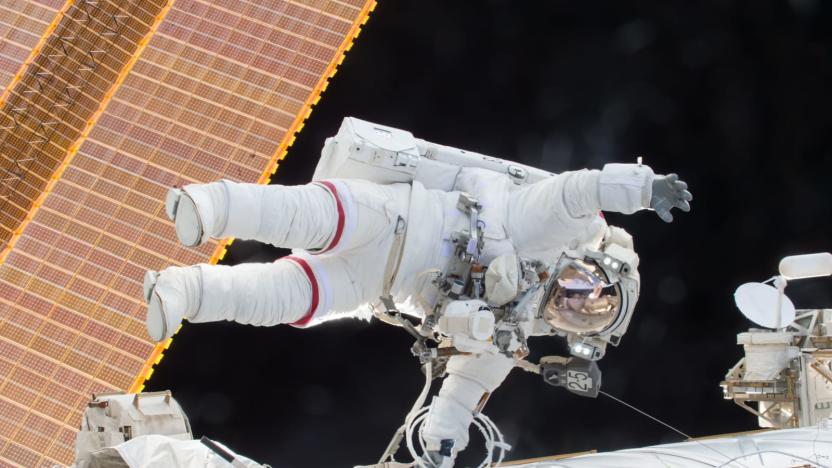
The first all-female spacewalk takes place March 29th
After several decades of human spaceflight, you're finally going to see the first all-female spacewalk. NASA has confirmed that astronauts Anne McClain and Christina Koch will venture outside the International Space Station on March 29th. This wasn't intentional, the agency told Axios -- it just so happened that the particular crew aboard the ISS led to the team-up. If you've been following the progression of the space program, however, it might not be quite such a surprise.
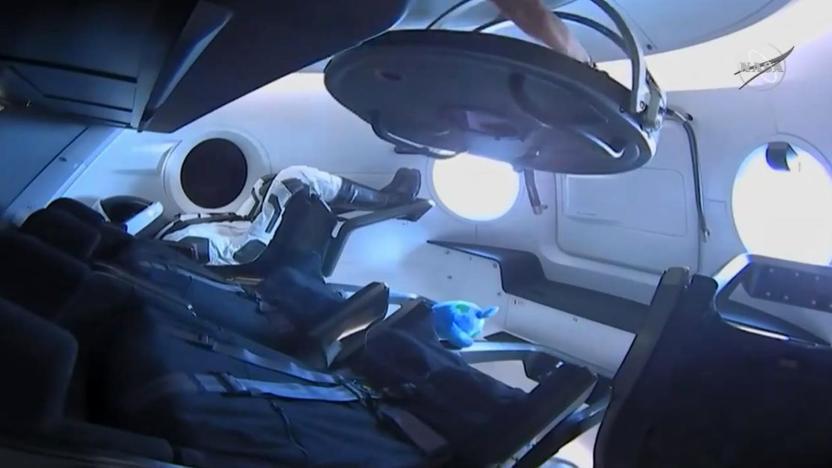
SpaceX Crew Dragon capsule docks with ISS
SpaceX's Crew Dragon has completed the last leg of its historic first journey. The capsule docked with the International Space Station through a "soft capture" at 5:51AM Eastern, with astronauts aboard the ISS opening the hatch shortly after 8AM. There wasn't much to greet the ISS crew this time around, as the test flight only included 400lbs of supplies and the human-shaped Ripley test device. Still, it's an important moment in NASA's Commercial Crew Program -- an American capsule has docked in orbit.

Russia will fly two space tourists to the ISS in late 2021
Russia has flown just seven tourists to space since 2001, but it's about to expand that number in the near future. The country's space agency, Roscosmos, has signed a deal with Space Adventures to carry two "spaceflight participants" (read: tourists) to the International Space Station in late 2021. They'll fly aboard a familiar Soyuz spacecraft for a "short duration" trip. The guests haven't been named, although it's safe to presume they'll have large bank accounts.

Virgin Galactic donates SpaceShipTwo rocket motor to the Smithsonian
You might see a piece of private spaceflight history on display when you visit Washington, DC in the future. Virgin Galactic has donated SpaceShipTwo's (VSS Unity) historic rocket motor to the Smithsonian National Air and Space Museum. This is the powerplant that took the craft into space for the first time this past December, and represents both "technical achievement" as well as proof of what you can do through "entrepreneurial innovation," according to museum director Ellen Stofan.

India opens its first center for human spaceflight
Crewed spaceflight is still limited to a handful of countries, but India is close to changing that. The Indian Space Research Organization has formally opened its first facility devoted to human spaceflight. The appropriately titled Human Space Flight Centre in Bengaluru will be responsible for key aspects of Gaganyaan, the country's crewed orbital vehicle (shown in replica form above). The location will develop crew survival systems, train crew members, plan missions and "pursue activities" for sustained flights.

SpaceX isn't moving Starship development to southern Texas (update)
SpaceX's decision to construct its Starship test vehicle in Texas may have just been the harbinger of things to come. The LA Times has claimed that development and assembly of Starship and its Super Heavy booster system will take place in southern Texas, not the Port of Los Angeles. It'll maintain existing design, manufacturing, launch and recovery operations in the area (plus Vandenberg Air Force Base), but that's only a partial consolation when existing projects like the Falcon 9 rocket have a limited lifespan.

Elon Musk teases final look of SpaceX's Starship test vehicle
It's no secret that SpaceX has been constructing its Starship test vehicle -- it's easy for curious onlookers to snap photos. But what will it look like when it's finished? You don't have to wonder. Elon Musk has posted concept artwork showing what the completed vehicle will look like. It's surprisingly pretty for a prototype, if borrowing more than a few cues from 1950s sci-fi with its gleaming stainless steel body.
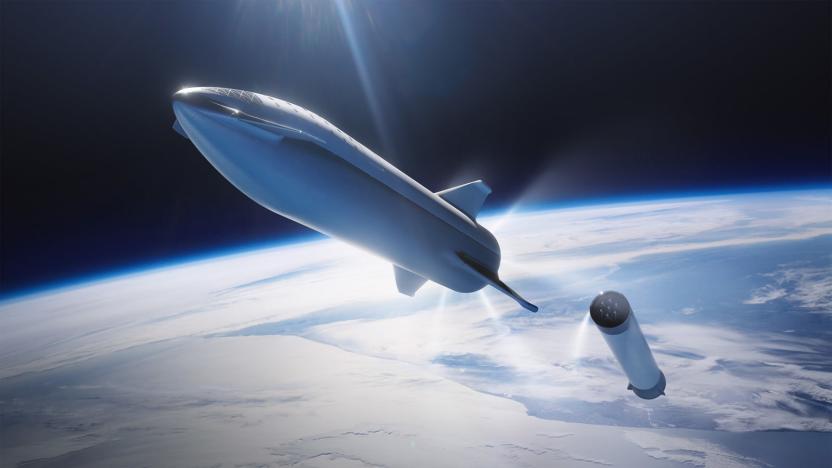
SpaceX's Starship test vehicle could fly by April
SpaceX might begin Starship test flights sooner than you think. Elon Musk now expects to conduct a technical presentation for Starship soon after its test vehicle flies, "hopefully" in March or April -- in other words, he wants a test flight before April is over. It wouldn't be a spectacle on the order of the concept image you see above, of course. Instead, it would be much like SpaceX's short-distance, suborbital Grasshopper test program from the Falcon 9's early days.
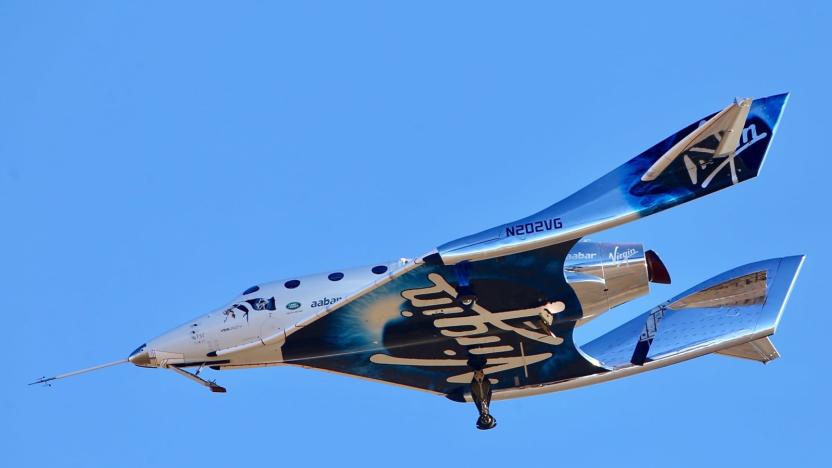
Virgin Galactic's SpaceShipTwo reaches space for the first time
Virgin Galactic has come a long way since its tragic 2014 crash. The company's SpaceShipTwo has reached space after months of testing, flying to an altitude of 271,268 feet before returning to Earth. The stay was brief (SST fired its rocket for all of a minute), but it was enough to both verify the spacecraft as well as conduct four NASA-backed scientific experiments that studied the effects of microgravity and devices that could handle life support and counteract vibration.

